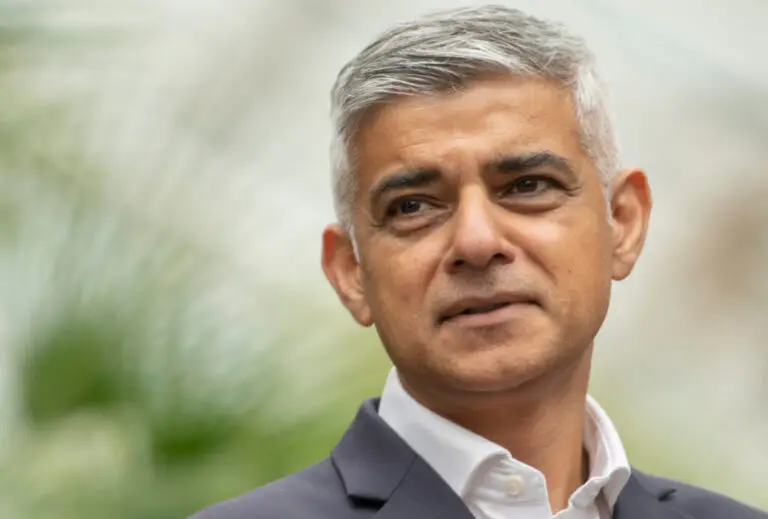On Thursday 2 May 2024, Sadiq Khan won a historical third term as Mayor of London, comfortably beating Susan Halll, the Conservative candidate, after claims that it would be an extremely close result turned out to be wrong.
Khan won 43.8% of the vote share with 1,088,225 votes, holding the Lambeth & Southwark, Barnet & Camden, City of London & East, Merton & Wandsworth, Greenwich & Lewisham, Enfield & Haringey, and North East constituencies, and gaining West Central and South West from the Conservatives with a 5.2% and 2.7% swing respectively.
Khan used his victory speech to urge PM Rishi Sunak to call a general election now, saying that London has been ‘swimming against the tide of a Tory government’ for eight years. While his main rival used her speech to promise she will continue to hold Khan to account for families, motorists, and women, we in the Built Environment industry are focused on what his re-election means for housing and planning in the capital for the next four years.
A government review of the London Plan published in February claimed that the complexity of Khan’s planning rules was ‘frustrating’ house-building in the city. Secretary of State Michael Gove used the review to justify loosening planning rules and creating a presumption in favour of building on brownfield land, giving local authorities less power to block new housing. City Hall called this a stunt, highlighting that London has outpaced the rest of the country in housebuilding.
However, it can’t be denied that the GLA is falling well short of its 52,000 new homes a year target, with no clear policies in place to fix this anytime soon. They face a difficult task – planning delays and the cost of development have slowed schemes coming forward significantly, and even with the potential of Labour in central government soon, it is unclear what will break these barriers.
Labour Leader Keir Starmer’s plan includes a ‘housing recovery plan’, which has been described as a ‘blitz of planning reform’ to quickly boost housebuilding. He said in his speech to Labour Conference last October that this would include development on the Green Belt – something which Khan had previously pledged to protect. Interestingly, he dropped this pledge in his manifesto this time around, for the first time, although a spokesman for Khan said that ‘protection of the green belt is already enshrined in Sadiq’s 2021 London Plan’.
In research carried out by PLMR in March 2024, 65% of Londoners either strongly agreed or agreed that they would support development on Green Belt land if it resulted in more affordable homes, with only 8% strongly disagreeing. Similarly, 64% agreed or strongly agreed that they would support Green Belt development if it created more jobs. So, perhaps his constituents would like to see Khan turning his focus from Green Belt protection to boosting housing and employment in London.
It will be interesting, then, to see what the Mayor is planning to boost his housebuilding numbers – it will be a key issue during this third term and one that the industry and the city will be keeping an eye out for.





